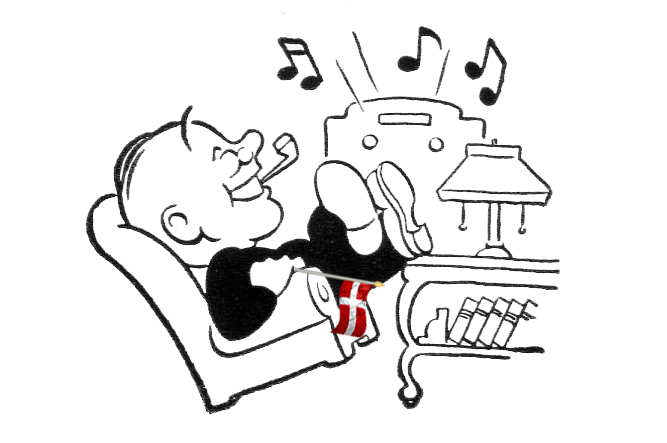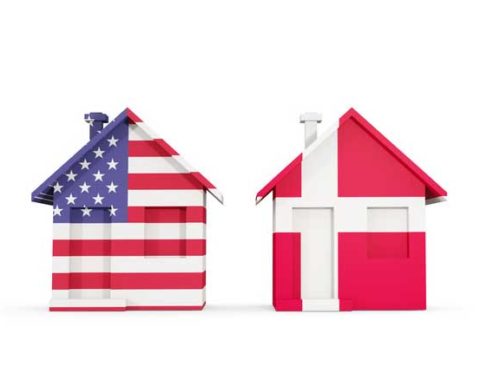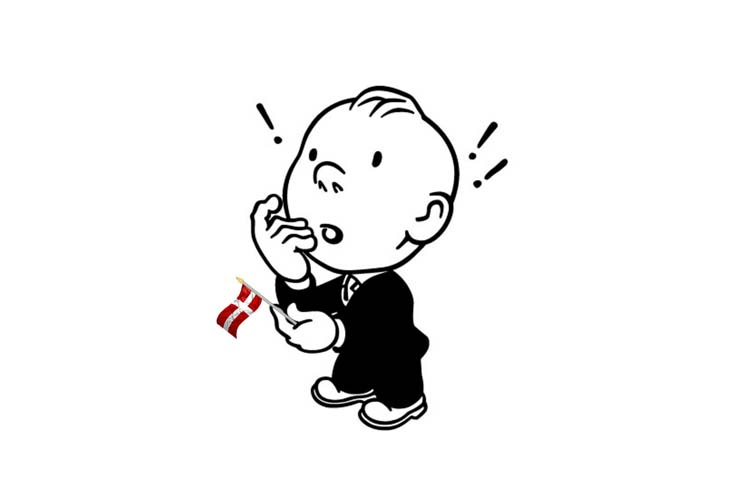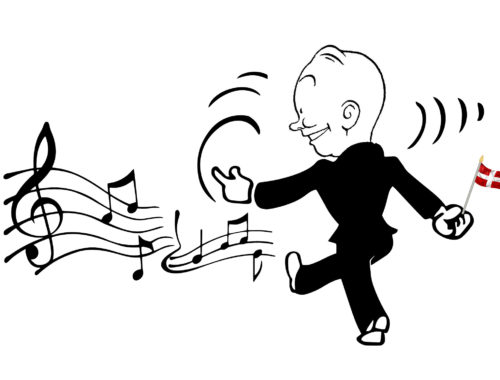It’s unusual for us Americans to miss a business opportunity – it feels a little unnatural, to be honest – but for some reason, I have never before written about hygge.
Hygge is big business. Hygge housewares catalogues offer candles, soft blankets, earthenware coffee mugs, and warm socks that will help you, too, experience hygge. Hygge tours are offered in major Danish cities.
And authors who do write about hygge are richly rewarded. They’re interviewed by glossy magazines, their books are arranged in elaborate piles in the shops at Copenhagen airport, and they speak to adoring audiences in London, Paris, and Rome. Meanwhile, my next exciting engagement is at Holsterbro Gymnasium. (I really am excited, kids – see you there!)
Selling hygge has become an industry. But hygge, like love, is not really something you can buy.
You can’t show it off
It’s also not something you can show off, which doesn’t mean that people don’t try.
At last check there were 5.4 million images hashtagged #hygge on Instagram, featuring mostly the winter version of hygge, experienced indoors near a cozy fire with tea in an expensive mug and carefully arranged decorative items. (Women’s magazines also sometimes run the summer version, featuring models in light makeup setting their picnic tables with wildflowers and flawless red strawberries).
This type of hygge seems exhausting to me.
Real hygge is enjoyment without ambition, a contented celebration of what you already have. Hygge means you’re together with people you already know and like, so there is no one you need to impress. If you’re trying to show off how well you hygge, you’re doing it wrong.
Time is precious
Drill a little deeper and hygge is really about time. After centuries of preparing to survive long, dark winters, Danes are productive and practical people who like to get stuff done.
That means time is sacred in Denmark, more valuable than money or prestige. (It also, conveniently, cannot be taxed.) The best way you can show you care about somebody is to spend your free time with them. And you don’t have to buy anything to do that.
My favorite example of hygge is the nature walk many Danish families take on the day after Christmas. Off they go through the wintery forest, or wintery parks in the big cities, kids and parents and grandparents and sometimes great-grandparents, looking for birds and picking up pinecones.
Granny is a shark
Also hyggelig are the hours families spent inside on chilly afternoons playing board games. The game itself isn’t that important: nobody ever seems to remember who won Ludo or Scrabble or Monopoly last month or last Christmas. It’s just an excuse to spend time together, and perhaps discover hidden aspects of each other’s personalities. Who knew granny was such a shark?
Time with friends can be hyggeligt too. You can go out in town and have a gløgg or some beers, or go to a movie or a museum. You can also play on a “hyggehold” for football, volleyball, or handball, in which winning or losing the game is less important than the friendship between the team members and the beers they share afterwards.
A hobby business
Or you can run a “hygge business”, in which you will never get rich selling handmade jewelry or raising chickens, but just cover your costs (if you’re lucky) while you indulge your creative side and enjoy yourself. This is so common that SKAT even has a classification for it, although they call it a “hobbyvirksomhed.”
The common denominator is fun and enjoyment and a total lack of agenda.
My own favorite form of hygge is trying out various recipes in the kitchen, either on my own or with my daughter, perhaps with my favorite podcast in the background.
Unlike the ladies in the magazines, I do this without makeup, without Instagram, and without a pair of expensive socks.
This article originally appeared in Danish in the newspaper BT on December 3, 2019.
Buy Kay’s books about Denmark on Amazon, Saxo, Google Books, Apple Books, Barnes & Noble Nook, or via our webshop.
Image mashup copyright Kay Xander Mellish 2025
Read more:
Welcome to Denmark: This Comic Drawing shows how Denmark has changed over the past 25 years





